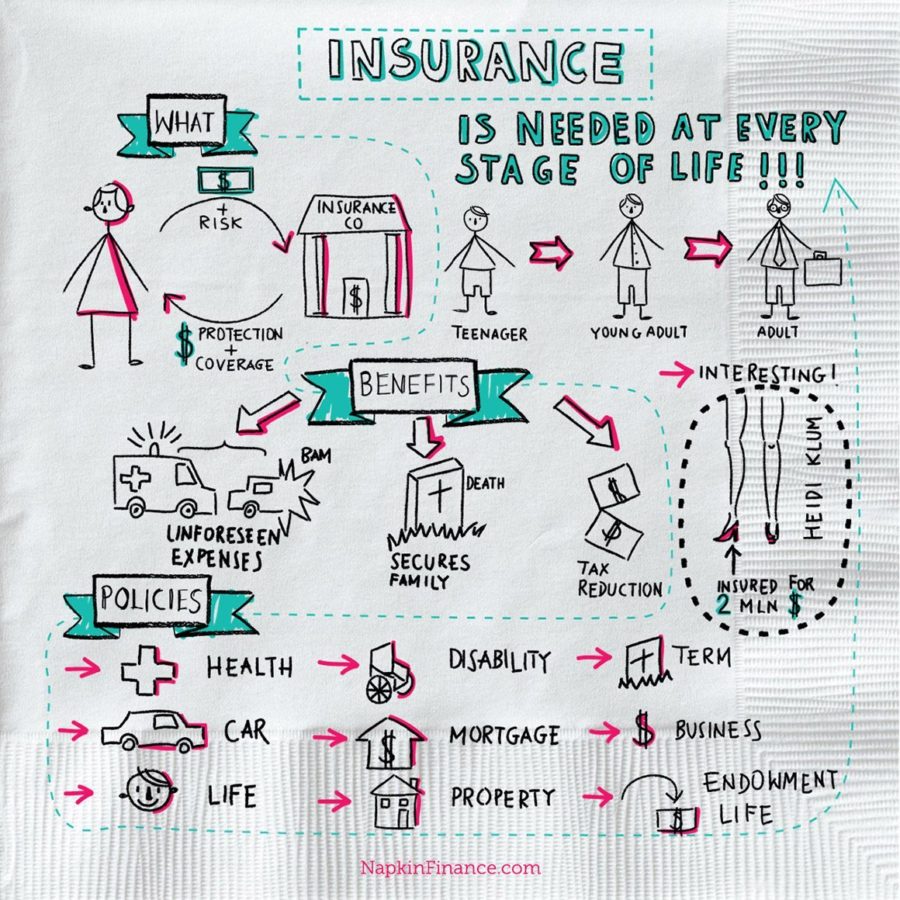20 Fun Facts About burial policy for seniors
The Best Strategy To Use For What's Medicare? - Medicare

If the Insured has a "repayment" policy, the insured can be required to pay for a loss and then be "compensated" by the insurance coverage provider for the loss and expense expenses consisting of, with the permission of the insurance company, claim expenses. Under a "pay on behalf" policy, the insurance provider would protect and pay a claim on behalf of the insured who would not be out of pocket for anything.
Under an "indemnification" policy, the insurance coverage provider can generally either "reimburse" or "pay on behalf of", whichever is more useful to it and the insured in the claim dealing with procedure. An entity looking for to transfer risk (a person, corporation, or association of any type, etc.) ends up being the 'insured' celebration when threat is assumed by an 'insurer', the insuring celebration, by methods of a contract, called an insurance policy.
An insured is therefore stated to be "indemnified" against the loss covered in the policy. When insured celebrations experience a loss for a defined hazard, the protection entitles the insurance policy holder https://ljmlifeinsurance.com to make a claim versus the insurer for the covered quantity of loss as defined by the policy. The cost paid by the guaranteed to the insurance provider for assuming the threat is called the premium.
The Main Principles Of Difs - What Is Insurance Fraud?
So long as an insurance company maintains sufficient funds reserved for expected losses (called reserves), the staying margin is an insurance provider's earnings. Policies generally include a variety of exclusions, consisting of normally: Insurance coverage can have various results on society through the manner in which it alters who pays of losses and damage.
Insurance coverage can influence the probability of losses through ethical danger, insurance coverage scams, and preventive actions by the insurer. Insurance coverage scholars have typically utilized moral risk to refer to the increased loss due to unintentional negligence and insurance coverage scams to refer to increased danger due to deliberate recklessness or indifference.
While in theory insurers could motivate financial investment in loss reduction, some analysts have argued that in practice insurers had traditionally not aggressively pursued loss control measuresparticularly to prevent catastrophe losses such as hurricanesbecause of concerns over rate decreases and legal battles. Nevertheless, considering that about 1996 insurance companies have begun to take a more active function in loss mitigation, such as through structure codes.
6 Simple Techniques For Everything You Need To Know About Insurance - Igrad
However, in case of contingency insurances such as life insurance, double payment is allowed) Self-insurance scenarios where threat is not moved to insurance provider and exclusively maintained by the entities or individuals themselves Reinsurance circumstances when the insurance provider passes some part of or all threats to another Insurer, called the reinsurer Accidents will take place (William H.

Collection EYE Movie Institute Netherlands. Insurers might use the subscription organization design, gathering premium payments periodically in return for on-going and/or compounding benefits offered to insurance policy holders. Insurance providers' organization design aims to gather more in premium and investment income than is paid out in losses, and to also use a competitive cost which customers will accept.
Insurance providers generate income in 2 ways: Through underwriting, the procedure by which insurance providers pick the dangers to insure and choose just how much in premiums to charge for accepting those threats, and taking the impact of the threat should it come to fruition. By investing the premiums they collect from guaranteed celebrations The most complex aspect of guaranteeing is the actuarial science of ratemaking (price-setting) of policies, which uses statistics and probability to approximate the rate of future claims based on an offered danger.
Getting My Insurance Definition And Meaning - Collins English Dictionary To Work
At the many standard level, preliminary rate-making includes looking at the frequency and severity of insured dangers and the expected typical payout resulting from these dangers. Thereafter an insurance company will collect historical loss-data, bring the loss data to present value, and compare these prior losses to the premium collected in order to evaluate rate adequacy.
Ranking for different risk characteristics includes - at the a lot of fundamental level - comparing the losses with "loss relativities" a policy with two times as many losses would, therefore, be charged two times as much. More complex multivariate analyses are sometimes utilized when several attributes are included and a univariate analysis might produce confused outcomes.
Upon termination of a provided policy, the quantity of premium collected minus the quantity paid out in claims is the insurer's underwriting earnings on that policy. Underwriting performance is measured by something called the "combined ratio", which is the ratio of expenses/losses to premiums. A combined ratio of less than 100% indicates an underwriting profit, while anything over 100 indicates an underwriting loss.
